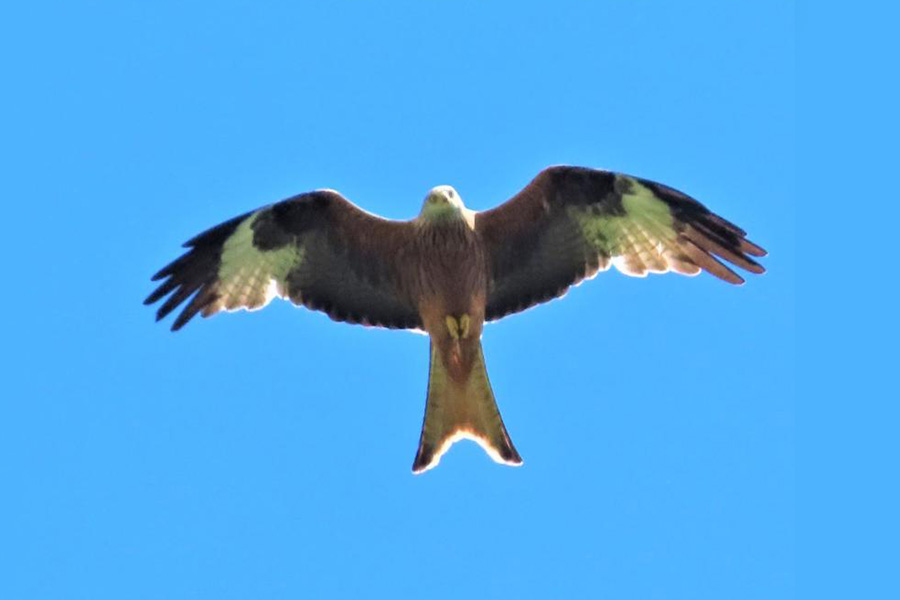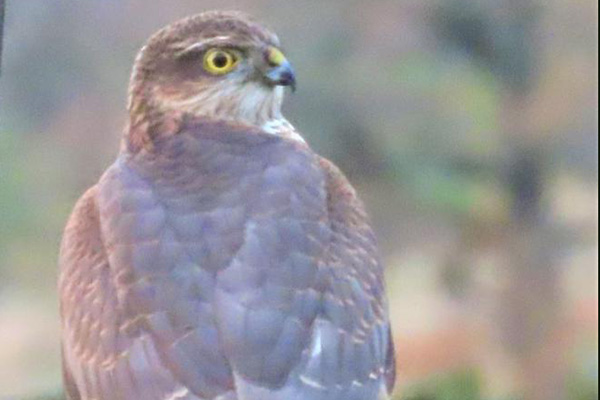Spaunton Moor – a success story to celebrate

George Winn Darley, Spaunton Moor
The team has used a consistent methodology over this period to provide a valuable record of sightings and to enable us to identify trends.
Bird of prey sightings have tripled from 711 in 2018 to 2,177 last year and 2022 was the fifth consecutive year of growth.
Buzzard, Kestrel and Red Kite are the most numerous species, all established and breeding in this area, but there has also been a significant rise in the number of Merlin, Goshawk, Peregrine and Sparrowhawk recorded.
This success reflects the good quality habitat on the moors and the conservation work undertaken by sporting estates across the North York Moors and the north of England more generally. In particular, the food available for birds of prey is a key reason for their success on grouse moors.



Everyone at the estate is delighted to see these birds thriving and we know that the birdlife of the moors is greatly appreciated by visitors.
Some other points of note from our data include:
- A 12.66% increase in the total number of sightings from the previous year making it another record year (the 5th consecutive record year) and underlining a clear trend of biodiversity gain.
- Remarkably, 18 of the 21 (86%) UK bird of prey species have been spotted at some point during the year to 31/03/2023. There are few other parts of the UK where this would be possible.
- Sightings of a Montagu Harrier and a Golden Eagle on Spaunton Moor for the first time this year. This means that all 21 species of UK Bird of Prey have been spotted at Spaunton at least once in the last 3 years.
- A Snowy Owl has been seen for the first time since May 2018.
- Kestrel numbers have continued their trend of recovery from around 150 sightings 5 years ago to 567 sightings in the last year. They are breeding successfully in several locations each year.
- Red Kite have shown a consistent increase from only 2 sightings 5 years ago; to 11; to 50; to 84 and 179 in the last year. They are now well established and breeding nearby.
If the survey effort were replicated across the North York Moors we feel that similar results would be recorded. The National Park should be proud to be home to the full suite of UK birds of prey and in such a healthy abundance, underpinned by a thriving food chain and good quality habitat.
Contrary to some media reports, birds of prey in England are a conservation success story. I do hope that you will join me in recognising this incredibly positive result.

